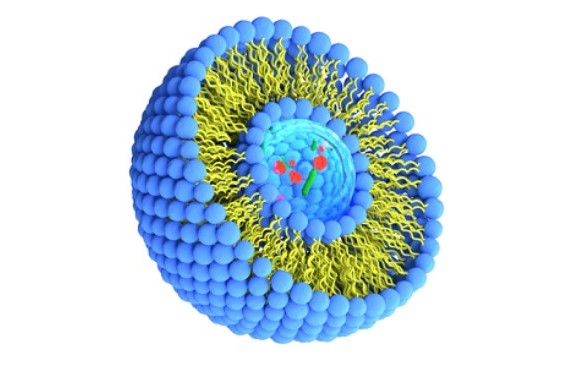
Moles, which are formed when pigment has gathered on the surface of the skin, can appear in many places
They may also be found on other body parts, including the hands and feet. These moles are generally harmless. Very rarely, they can become cancerous.
The most common medical terminology for moles, also known as nevi, is skin cancer. Skin cancer is a tumor caused by a virus or bacteria called melanoma. Various moles can also appear due to genetic abnormalities in cell development. However, there is no single classification of moles. Moles come in a variety of colors.
Most moles can be found on any color of skin. But some of them can be very rare for African Americans and Hispanics. If moles occur in people with lighter skin than usual, it could be a sign of cancer or other serious health problem.
One of the common problems associated with moles is eyebrows. Moles on the eyebrows are often referred to as "black heads". This is due to their darker color. The eyebrows are the first areas of the body to show the typical signs of cancer. For this reason, the treatment of these moles may differ from the treatment of other areas. Treatment includes laser surgery, excision, and an operation called a sculptor biopsy.
Removing a mole is quite simple. If the mole is very large and protrudes from the skin, it may need to be surgically removed. This is commonly referred to as a "scalpectomy". Other procedures, such as excision, laser surgery, and sculptor biopsy, will also be needed to reduce the size and shape of the mole.
It is important for anyone suffering from moles to check their diet frequently. Certain foods can increase their size. So, it is essential to avoid consuming certain foods that are high in calories or fats. It is also essential to eat more fruits and vegetables, as well as drinking plenty of water.

Some doctors recommend wearing gloves during moles removal
The purpose of wearing gloves is to minimize contact with the infected area. It is also possible to use special products to apply to minimize the spread of the infection. This includes ointment or creams.
As with all kinds of cancers, people with moles should not be self-medicating. There are many effective, natural ways to prevent and fight against skin cancer. For example, eating foods rich in antioxidants, avoiding exposure to UV radiation, and avoiding certain drugs can help protect the skin from getting cancer. These steps are helpful in the prevention of moles.
For those who have already been diagnosed with skin cancer, it is essential to undergo mole removal as soon as possible. It is possible to have the surgery performed on an outpatient basis. Or, you may need to go straight to the hospital to have the surgery. However, if you choose to go to the hospital, it is important that you schedule the surgery on the day that you are scheduled to have your general checkup.
You will be placed in local anesthesia, so it is important that you do not drive yourself home. After the surgery, the doctor will likely give you a prescription for pain medication and to take a rest. for a day or two.
When deciding whether to get mole removal done, you should consider several factors. If your doctor recommends that you have a mole removed, this can be the best way to treat the mole. If you are a good candidate, your doctor will probably recommend that you wear a bandage or cap to cover the area so that people cannot see the moles.
If you have any questions or concerns about your mole removal, you should schedule an appointment with your physician. Your physician will be able to answer any questions that you have and recommend a plan of action. Remember, that moles on the face or elsewhere are permanent.
